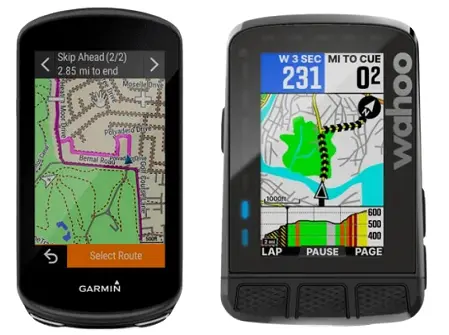Nowadays, to optimize cycling training and improve times, equipment is essential, which ranges from comfortable clothing to devices to measure relevant information generated during the activity in real time. Hence the importance of having a cycle computer.
How do bike computers work?
The cycle computer or bicycle computer is an electronic device that is installed on the handlebars of the bicycle. It works with a rechargeable battery, has a screen for reading information and has a wireless connection with which it is linked to the accessories that collect the metrics of cycling activity. This includes pedals with power meters, cadence sensors, heart rate monitors, speed sensors, etc.

It also has an integrated GPS that allows it to show the altimetry, the unevenness of the road, the distances traveled, current speeds and average speeds, among other parameters that are very helpful to achieve the objectives proposed for a specific or long-term route. It also allows you to load maps of routes shared by other cyclists and view them from the screen to go to your destination.
The vast majority can be connected to sports activity monitoring platforms such as Strava or mobile applications capable of interpreting the data obtained during the bike ride.
What are the best cycling computers?
There are a variety of brands of cycle computers on the market, but due to their design and sophistication, Garmin and Wahoo stand out with their high-end models Garmin Edge 1030 Plus and Wahoo Elemnt Roam v2 respectively, whose prices exceed 400 euros.
However, both brands have cheaper and quite popular models like the Garmin Edge 530 and Wahoo Elemnt Bolt.
However, there are models of cycle computers from other brands with less features than the previous ones but no less useful for monitoring cycling training. The list includes Polar’s M460, Bryton’s Rider 750 SE, iGPSPORT’s iGS320 GPS, Sigma’s Rox 12.1 EVO, CYCPLUS M1, among others.